SUMMARY
This is AI generated summarization, which may have errors. For context, always refer to the full article.
![[ANALYSIS] The Philippines: A US logistics hub](https://www.rappler.com/tachyon/2023/02/tl-us-logistics-hub.png)
The United States never goes into a conflict unprepared.
It prepositions its supplies, equipment and military forces in an area close to a conflict area before launching an attack against a hostile force.
Before it started to expel Iraqi forces from Kuwait in the early 1990s, the US deployed tens of thousands of troops, hundreds of tanks, and armored vehicles in nearby Saudi Arabia and then mounted Operation Desert Storm in January 1991, a two-pronged offensive to liberate Kuwait.
The US and allied forces established air superiority before tanks and armored vehicles rolled in from Saudi Arabia into Iraq and Kuwait. Logistics was a key element in Operation Desert Storm. It was the largest overseas military deployment since World War II.
Nearly half a million troops were deployed in Saudi Arabia months before the operation. Hundreds of US, French, and British fighters, as well as six US Navy carrier battle groups, were also prepositioned around Iraq and Kuwait.
In only 100 hours during the land war phase of the military operation, the US-led coalition forces routed Saddam Hussein’s occupation forces, freeing Kuwait.
But the coalition forces stopped short of crossing into the Iraqi border. The destruction of Saddam Hussein ‘s Iraq would come a decade later in the Second Gulf War.
Lessons from Ukraine
Fast forward to February 2022 when Russia, Europe’s largest army, crossed into Ukraine to annex its western and southern territories, the Russian army’s advance was stopped by its lack of fuel supplies and other logistics.
A year into the conflict, European states belonging to the North Atlantic Treaty Organization (NATO) are racing against the clock to produce war materiel, including munitions, to supply Ukraine and sustain its effort to stop the Russian invasion.
Again, logistics is the key in the Ukraine conflict.
These lessons are pushing Washington to seek additional locations in the Philippines where the US can preposition troops, equipment, supplies, and spare parts in case a conflict erupted in the Indo-Pacific region.
Three of the four potentiallocations are in northern Luzon, close to the Taiwan Straits, a potential flashpoint as tensions around the self-ruled island rose after Nancy Pelosi, the former speaker of the US House of Representatives, made a pit stop in August 2022 during her Asian swing.
China has been sending waves of aircraft to test Taiwan’s readiness. China’s People’s Liberation Army-Navy has been holding live drills around the island. An American four-star general had warned that a hot conflict with China over Taiwan could erupt in two years. And Washington has committed to defend Taipei from an invasion from Beijing.
China’s invading force could come in from theBashi Channel in the northern Luzon region, making Philippine military bases, which the US has access to, critical.
Hub for fighter jets
The US Air Force has no presence in this part of the region. Its fighters are based in Japan, South Korea and Guam – too far from the hotspots.
The US Marines and Army are similarly stationed too far from the potential conflict zone. The US Navy has no problem since two carrier battle groups roam freely the South China Sea and East China Sea and could sail within days in Taiwan Straits.
The US needs Philippine military bases to preposition its logistics similar to what it did in the two Gulf Wars decades ago.
Keeping huge military bases which could be vulnerable to attacks from hostile forces are things of the past, as America moves to disperse its forces that would allow it to be more agile and mobile and less vulnerable to enemies.
That could be the reason why Washington has added more locations under the 2014 Enhanced Defense Cooperation Agreement (EDCA), distributing logistics hubs for its air and ground forces.
The US, during emergencies, could also request additional sites which are not military facilities, such as what happened during the Second Gulf War when US Air Force fighters landed and took off to refuel in a commercial airport in Basco, Batanes, before returning to their bases in Okinawa.
The fact is, the US has greater access to Philippine military and non-military facilities outside EDCA. It has unconventional forces deployed in the southern Philippines to train and advise local troops in fighting Islamist militants linked to al Qaeda and Islamic State. The US Navy and US Army have access to Subic Freeport in Central Luzon – after US defense contractors agreed to locate to the former Hanjin shipyard, which was taken over by US-based Cerberus Capital Management.
Even before EDCA was signed in 2014, US surveillance planes P3C-Orions and P8 Poseidon already had access to Clark Field in Pampanga, also in Central Luzon.
The entire Philippines could become a large US military facility where it can be used not only as a logistics base but as a launching pad for offensive actions, such as what happened in the 1960s and 1970s in Subic and Clark during the Vietnam War.
During a visit to Tokyo last week, President Ferdinand Marcos Jr said that given its geography, it will be hard to imagine that the Philippines won’t be drawn to a potential conflict in Taiwan.
Whether the Philippines allows or not the US military forces to temporarily rotate in its local bases, Manila would still be dragged into a conflict, anyway, because of the Philippines-US 1951 Mutual Defense Treaty (MDT).
It is of course hoped that the US will not deploy tens of thousands of troops and a huge pile of logistics in the country in case a conflict erupts in the region.
But the reality is, as tensions persist, the Philippines should brace for increased deployment of US forces, equipment, and supplies in the months ahead. – Rappler.com
A veteran defense reporter who won the Pulitzer in 2018 for Reuters’ reporting on the Philippines’ war on drugs, the author is a former Reuters journalist.
Add a comment
How does this make you feel?

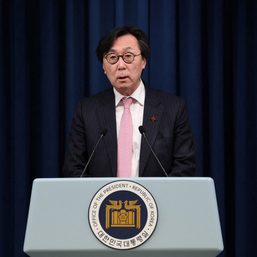
![[VANTAGE POINT] NGCP debate: More about security than economics](https://www.rappler.com/tachyon/2023/08/tl-ngcp-security-revised.jpg?resize=257%2C257&crop_strategy=attention)
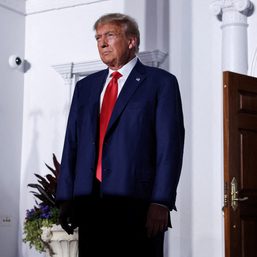

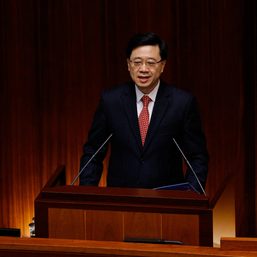
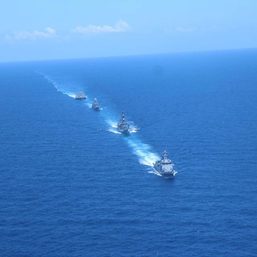
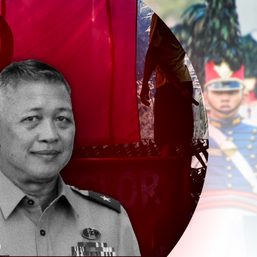

![[ANALYSIS] The sharp power challenge: Defending PH from within](https://www.rappler.com/tachyon/2024/03/sharp-power-challenge-march-5-2024.jpg?resize=257%2C257&crop_strategy=attention)

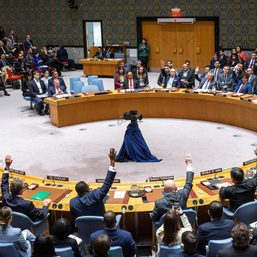
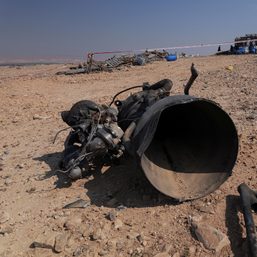



There are no comments yet. Add your comment to start the conversation.